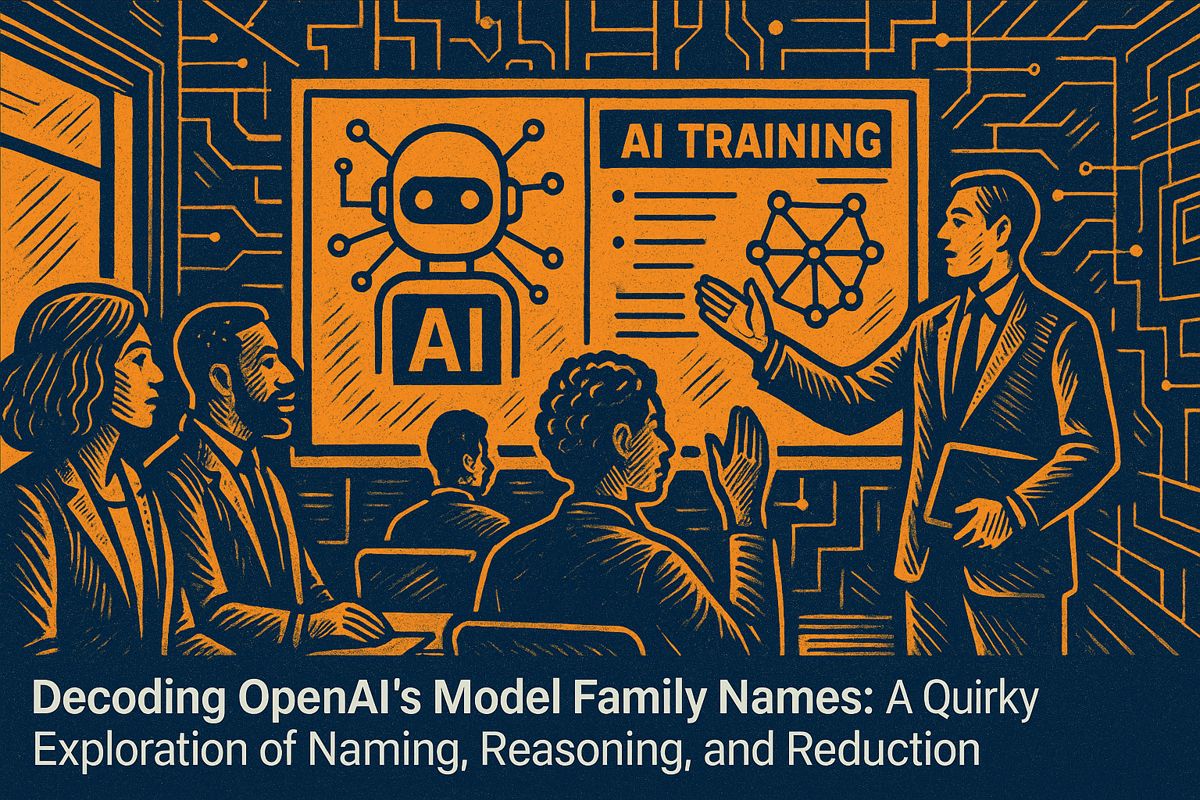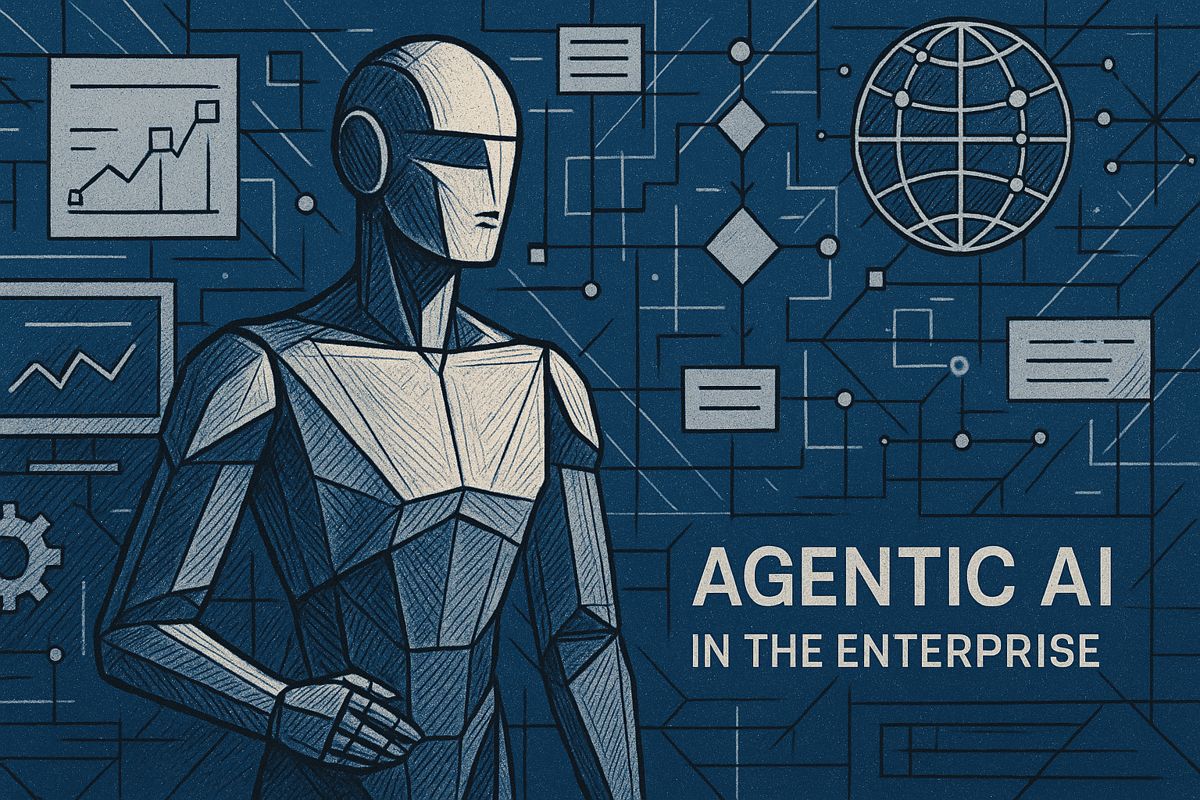Nvidia announced exciting new tools in August 2025 that help robots think, learn, and work better. Their new hardware makes all this faster and easier, helping factories and companies save money and time.
What are Nvidia’s key physical AI advancements announced in August 2025?
Nvidia’s August 2025 updates deliver major physical AI advancements: new reasoning models for robots (Cosmos Reason-7B), instant synthetic data generation (Cosmos Transfer-2), upgraded CARLA simulator with neural 3-D replay, enhanced Omniverse SDK, and powerful hardware (RTX Pro Blackwell, DGX Cloud) for industrial automation.
- Nvidia’s August 2025 surge in physical AI*
Nvidia has just shipped a broad stack of new models, simulators and cloud hardware aimed at making industrial and research robots faster, safer and cheaper to deploy. Here is what product teams, data scientists and plant managers need to know today.
1. Cosmos Reason – 7 B vision-language reasoning
- Purpose : step-by-step robot planning that taps common-sense physics.
- Benchmark score: 65.7 average across robotics and AV tasks after fine-tuning – a 15 %+ jump over the base model (source).
- Use cases today:
- automatic video annotation for large-scale datasets
- deliberate pick-and-place reasoning in bin-picking cells
- traffic-scene analytics for safety audits
The model is open on Hugging Face and runs from Jetson devices up to DGX Cloud nodes.
2. Cosmos Transfer-2 – synthetic data on demand
Tooling gap: real-world edge cases are rare and expensive to collect.
Transfer-2 closes it by turning simple 3-D simulations or HD maps into photoreal sensor streams. A distilled “few-step” version accelerates generation even further, helping teams push from weeks to hours** when building training sets for rare failure modes.
3. CARLA simulator gets neural 3-D replay
The open-source autonomous-driving simulator now integrates Omniverse NuRec libraries that apply 3-D Gaussian splatting to convert sensor logs into drivable digital twins. Engineers can rewind, edit weather and replay the exact scene with new agents – all without leaving the lab.
4. Omniverse SDK refresh & Mega Blueprint
- better USD interoperability with ROS 2 and Isaac Sim
- Mega Omniverse Blueprint lets fleets of robots (or entire factories) train together in a single digital twin before metal meets concrete (source).
Early users: Amazon Devices, Boston Dynamics, Figure AI, Hexagon, GM, Volvo, Lenovo.
5. Hardware – RTX Pro Blackwell and DGX Cloud
| SKU | Target workload | FP16/INT8 peak |
|---|---|---|
| RTX Pro Blackwell Server | unified dev box for training & inference | 5.5 PFLOPS FP16 |
| DGX Cloud (multi-node) | scale-out reinforcement learning, sim-to-real loops | up to GB200 NVL72 |
Both ship with managed container stacks for Cosmos, Isaac Sim and NVIDIA Train/Inference micro-services.
Early adoption numbers
- 2 million+ downloads of Cosmos World Models platform (source)
- 40 % cost cut reported by pilot users on data-curation workflows (source)
- Uber, Magna, VAST Data, Milestone and Linker Vision already using the stack for annotation, vehicle adaptation and traffic analytics.
Key takeaway
Nvidia’s August drop delivers ready-to-use reasoning models, ultra-fast synthetic data, upgraded simulators and turnkey cloud hardware – the four pieces most teams were still stitching together by hand. If your roadmap includes smarter manipulators, safer AV stacks or faster factory digital twins, the tools are live today.
What is Nvidia’s new Cosmos Reason model, and why does it matter for robotics?
Cosmos Reason is a 7-billion-parameter vision-language model that understands physics and common-sense rules, then converts that knowledge into step-by-step robot plans. Fine-tuning pushes benchmark scores past 65 on combined robotics and autonomous-vehicle suites, while reinforcement learning adds another 5 % gain. Early adopters report up to 40 % lower AI-training data-curation costs and the ability to reason about entirely new environments without re-training from scratch.
How does Cosmos Transfer-2 solve the “data-hungry robot” problem?
Cosmos Transfer-2 turns 3-D simulations or simple spatial hints into photorealistic synthetic videos for training. A distilled version removes extra compute steps, letting developers spin up millions of labeled frames per day. With the larger Cosmos World Models platform already passing 2 M downloads, companies like Skild AI and Moon Surgical use it to expose robots to rare warehouse or surgical scenarios that are too expensive or dangerous to capture in the real world.
Which simulation upgrades arrive alongside the new models?
- CARLA simulator now plugs directly into neural reconstruction libraries, so vehicles can be trained on exact city blocks reconstructed from sensor logs.
- Omniverse SDK refresh adds Mega Blueprints that let entire robot fleets rehearse coordinated missions inside a single digital twin.
- Updates drop the time to recreate a 1 km city corridor from weeks to under 45 minutes using RTX Pro Blackwell nodes.
What hardware and cloud tiers back the August 2025 stack?
- RTX Pro Blackwell Server: one box unifies training, inference, and graphics for development teams.
- DGX Cloud: remote clusters scale from a single GPU for edge-device tests to full GB200 NVL72 pods for large-ensemble training.
Both tiers are available on the Microsoft Azure Marketplace today, so startups can spin up a robotics lab from a browser without owning physical GPUs.
Which companies are already shipping products built on these tools?
- Uber annotates global ride-hailing video data with Cosmos Reason, cutting manual labeling time in half.
- Magna and Volvo adapt vehicle perception stacks using synthetic data generated in hours, not months.
- Boston Dynamics, Figure AI, Hexagon and Amazon Devices & Services are previewing humanoids and AMRs whose entire policy pipeline – from synthetic training to real-world deployment – runs inside the new Omniverse workflows.
Sources:
NVIDIA Developer Blog – Maximize Robotics Performance | The AI Track – Cosmos World Models | NVIDIA Newsroom, Aug 11 2025


















